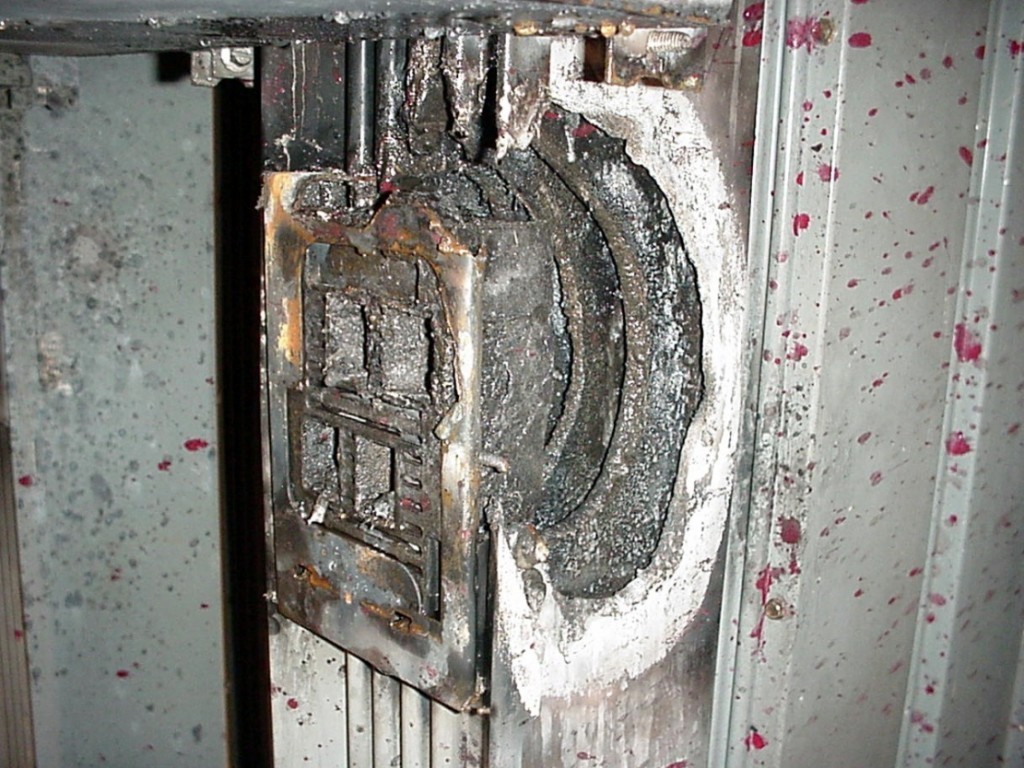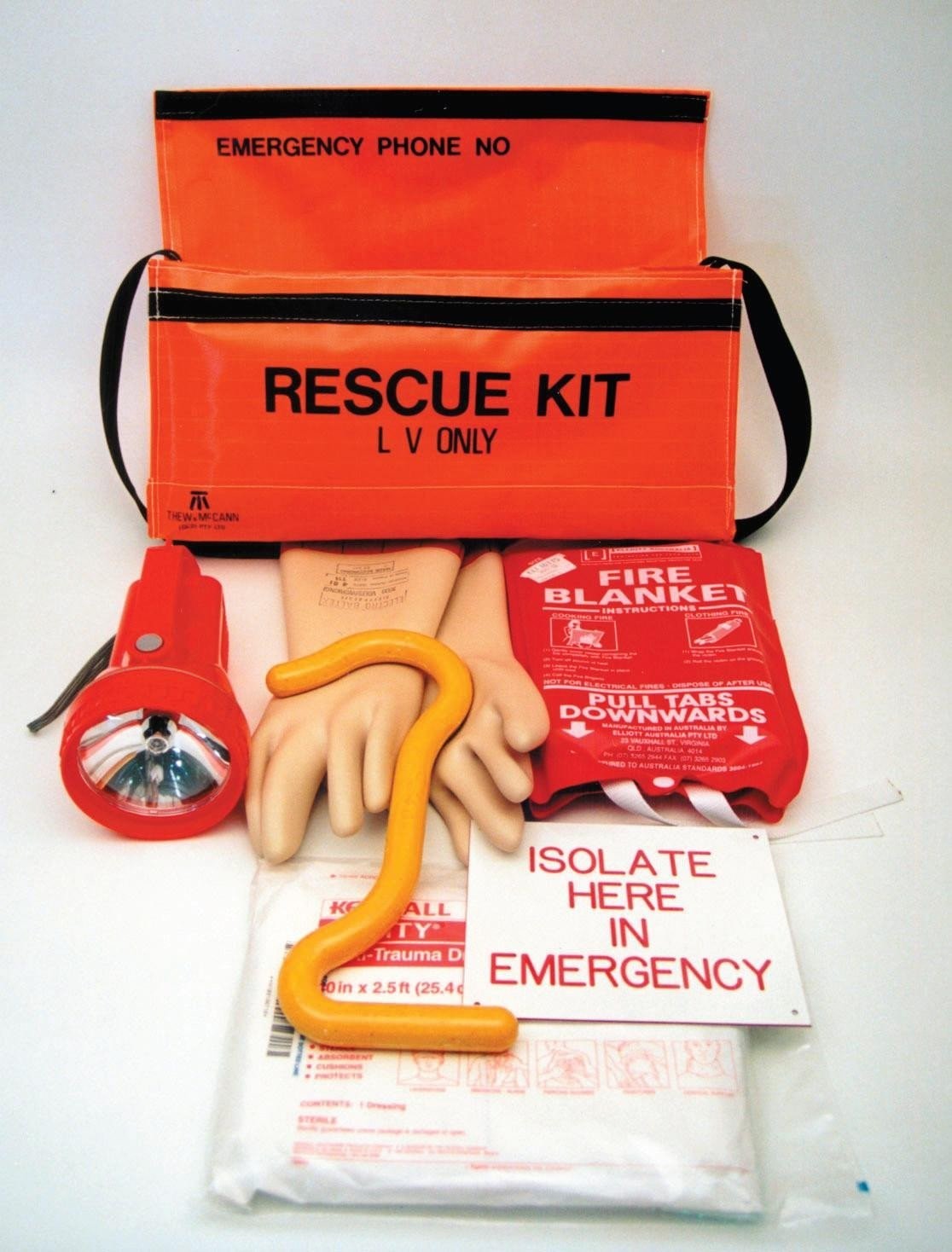
Working on and operating electrical installations or equipment
Incident
9 March 2017
WorkSafe ACT and the ACT Emergency Services Agency recently attended an incident at the Canberra Hospital’s emergency department after a switchboard caught fire which resulted in significant smoke in the lower levels of the buildings.
While it is likely that a mechanical fault in the switchboard was the cause, remediation was complicated by the possible presence of asbestos from the switchboard.
The ACT Work Safety Commissioner reminds all building owners and employers that they have a duty of care under the Work Health and Safety Act 2011 to provide a safe work place and manage all risks in the workplace regardless of their operating environment. This includes on-going operations as well as any remediation or repair work.

Contributing factors
As electrical installations age they begin to lose some of the good qualities they originally had when new. Cables, switches, enclosures and insulation can begin to deteriorate. Failure of any part of an electrical installation can lead to a catastrophic failure, causing electrocution, shocks or a fire.
Action required
It doesn’t matter whether the installation is old or not - there are some simple steps that you can take to minimise your chances of being killed or injured by electrical equipment:
- Wear Arc Flash rated PPE – Arc flash clothing is required for high current installations over 100A as per AS4836 Safe working on or near low-voltage electrical installations and equipment;
- Arc Flash PPE has several different ratings depending on the work you are doing – wearing any kind ARC Flash PPE is better than nothing;
- Conduct your usual job pre-start but remember to include discussion about the condition of the installation and its equipment;
- Have an escape plan – know where you are going to go and what you are going to do if an incident occurs;Know how to operate the equipment – older styled equipment my not work in the same way as new equipment;
- Avoid working alone on large or high current installations – let others know what you are going to do;
- Always wear your insulated gloves until proven de-energised;
- Work de-energised when possible – ask the local electrical company to turn it off for you;
- Secure tools and equipment – make sure uninsulated parts don’t come into contact with energised parts of the electrical installation;
- Remove rings, jewellery and other metallic items when working around electricity;
- Have an LV rescue kit onsite and ready to use, near to where you will be working;
- Have a medical kit accessible that includes burns treatments;
- When in enclosed or basement type installations have a torch ready;
- Consider that many kinds of older equipment may contain asbestos - when working on electrical equipment wear respiratory protection until you are sure; and
- Only correctly trained and licensed persons may work on or operate electrical installations.

Further information
For further information contact WorkSafe ACT on 13 22 81 or email WorkSafe@act.gov.au.
This Alert contains information emerging during an investigation by WorkSafe ACT into the mentioned incident at the date of this report. The information contained in this report does not necessarily reflect the final outcome of WorkSafe’s views or proposed actions with respect to this incident. WorkSafe ACT does not warrant the information in this report is complete or up-to date and does not accept any liability to any person for the information in this report, or its use.
On this page
